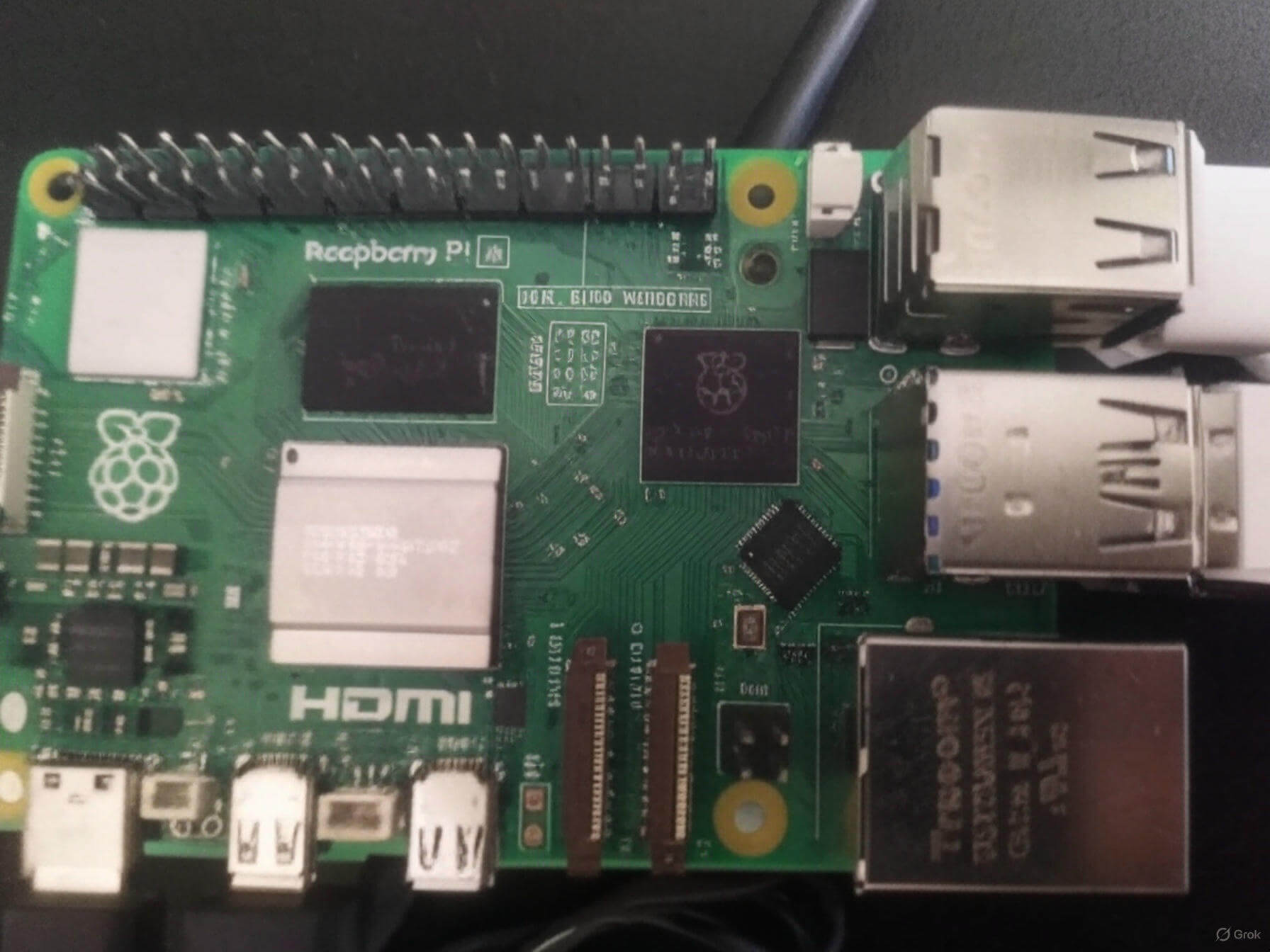I Bought a Raspberry Pi 5 – And Almost Regretted It

I recently ordered a Raspberry Pi 5 from Temu, along with a microSD card, card reader, and micro HDMI cable, all for around $110. However, I made one big mistake—I didn’t buy a power supply.
I thought it would be fun for my kids to see the naked circuit board, so I skipped buying a case. But I completely overlooked the fact that the Raspberry Pi 5 requires a USB-C power adapter capable of 5V/5A.
The Search for Power
When my package arrived, I was excited—until I realized I had no way to power it. I searched my home and checked nearby stores, but the best I could find were standard USB adapters rated at 2.4A–3A. Even my EcoFlow power station couldn’t provide the required amperage.
Then, a lightbulb moment. Car USB chargers usually have higher amperage! Since my EcoFlow has a car plug, I wondered if I could use a car USB adapter to power the Raspberry Pi. I asked ChatGPT whether EcoFlow could provide 5A through the car port, and it said yes. That gave me hope.
I ran to my car and checked my USB converter, only to find it was rated at just 3A. Still, I didn’t give up. I rushed to a store that sells car accessories and found a 6A AC adapter on the shelf. On my way home, I kept wondering—can this really provide 5V/5A? I have very little knowledge about electricity. All I know is:
Voltage × Amperage = Wattage
That’s it.
Heartbreak & Frustration
Back home, I eagerly plugged everything in—but my Raspberry Pi didn’t start. I had no idea if the issue was with the EcoFlow or the car plug. It was a frustrating moment.
I’ve worked with Raspberry Pi before, back in my previous company. I experimented with it, set it up as a DHCP server, connected it to CCTV cameras via LAN, and even used FFmpeg for car plate recognition with machine learning. But somehow, I overlooked those two tiny letters—5A.
Now, I was stuck waiting for another power adapter to arrive from somewhere in China. I had planned to surprise my kids by showing them their very own computer, but now it seemed like that plan was ruined.
The Unexpected Solution
As a last attempt, I carefully read every warning message on the screen. One of them caught my eye:
Click the power button for low-power mode.
Wait… WHAT?!
This message was there all along? Seriously?!
I clicked the power button, and boom—Raspberry Pi OS booted up! My screen lit up, and so did my heart.
Of course, running in low-power mode meant it wouldn’t perform at full potential. But it was enough for some basic exploration, web browsing, and even listening to YouTube music through a Bluetooth speaker.
A Small but Meaningful Victory
It wasn’t the perfect experience, but in the end, I made it work—and that was the little victory I needed.